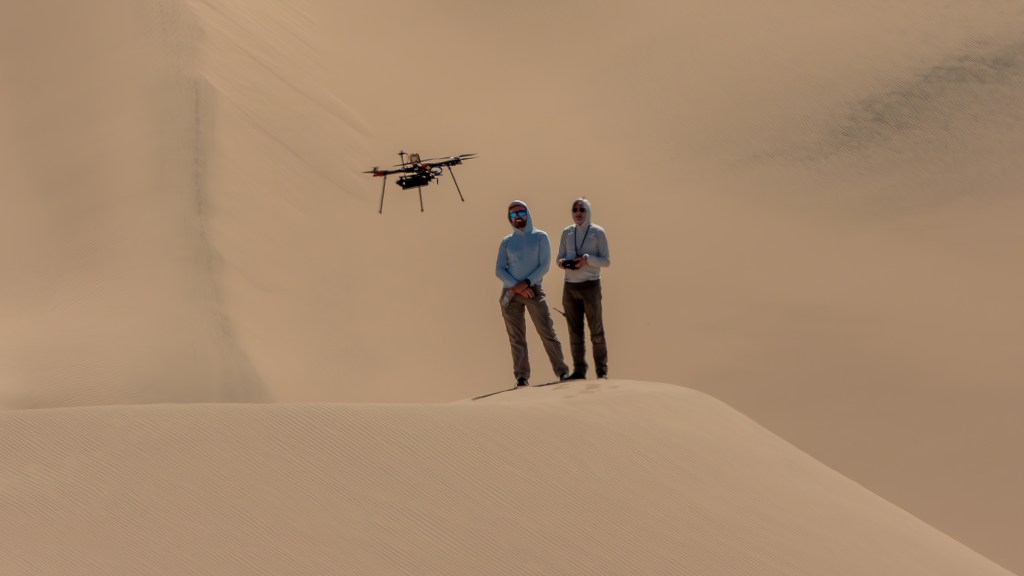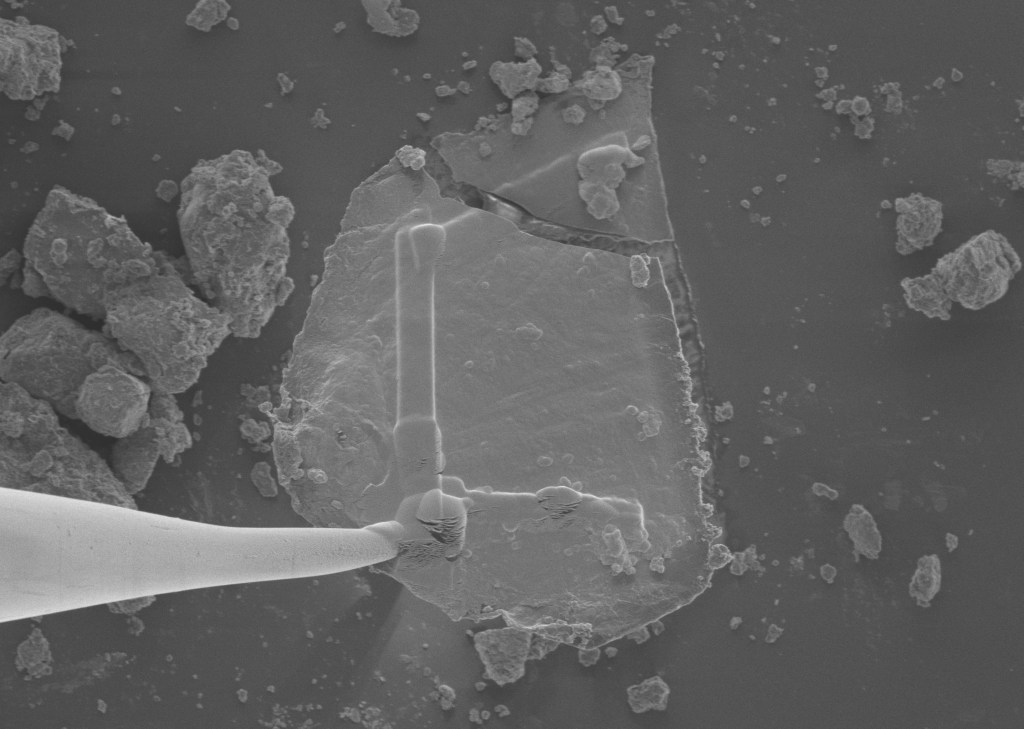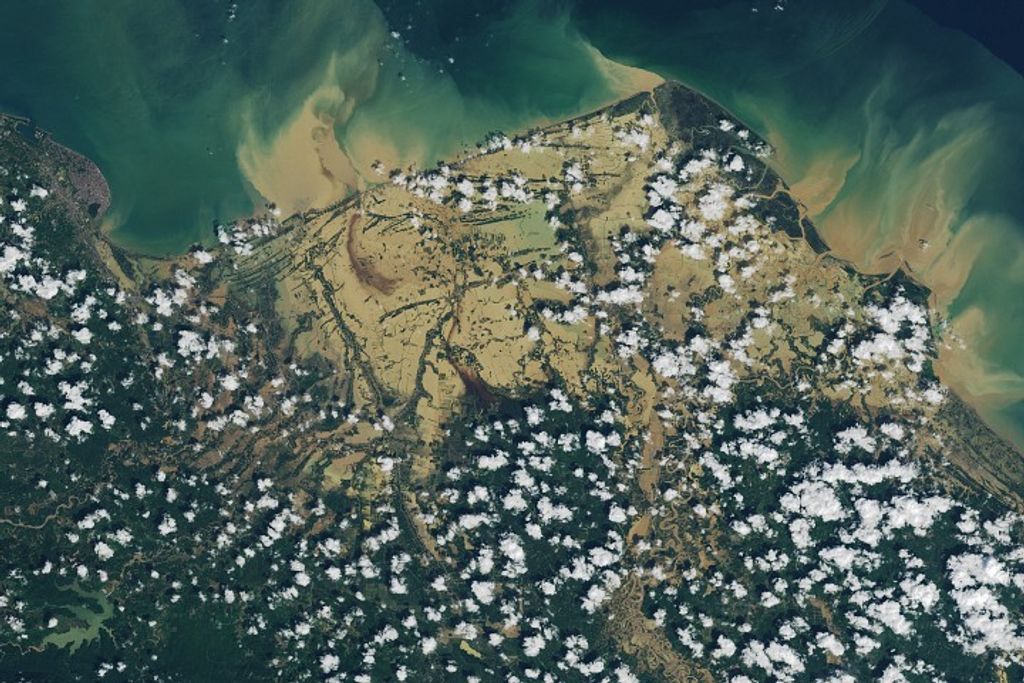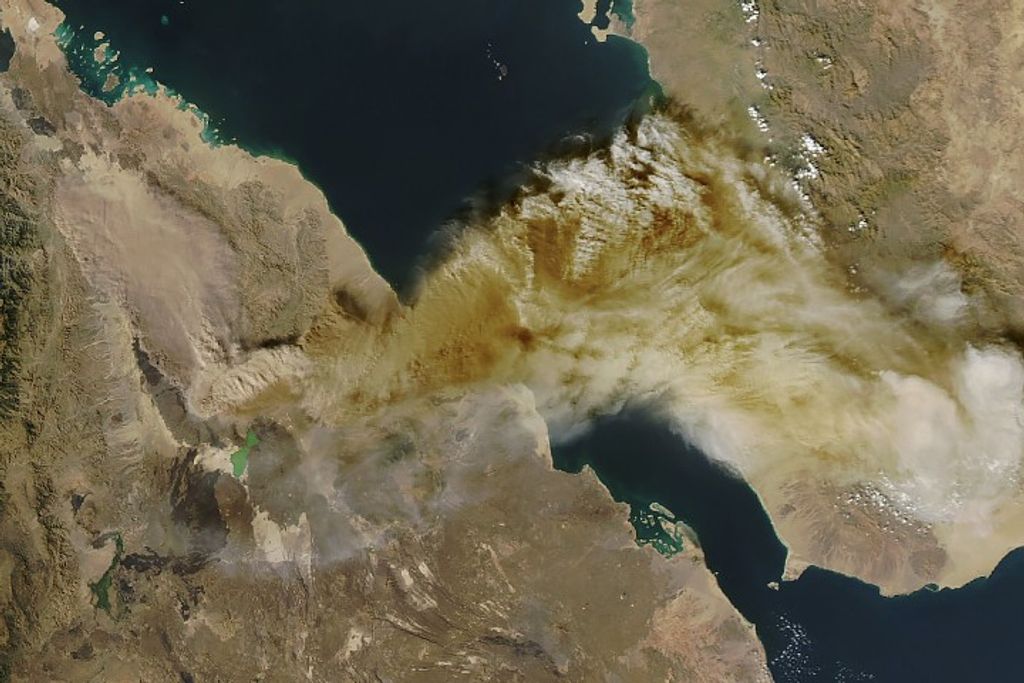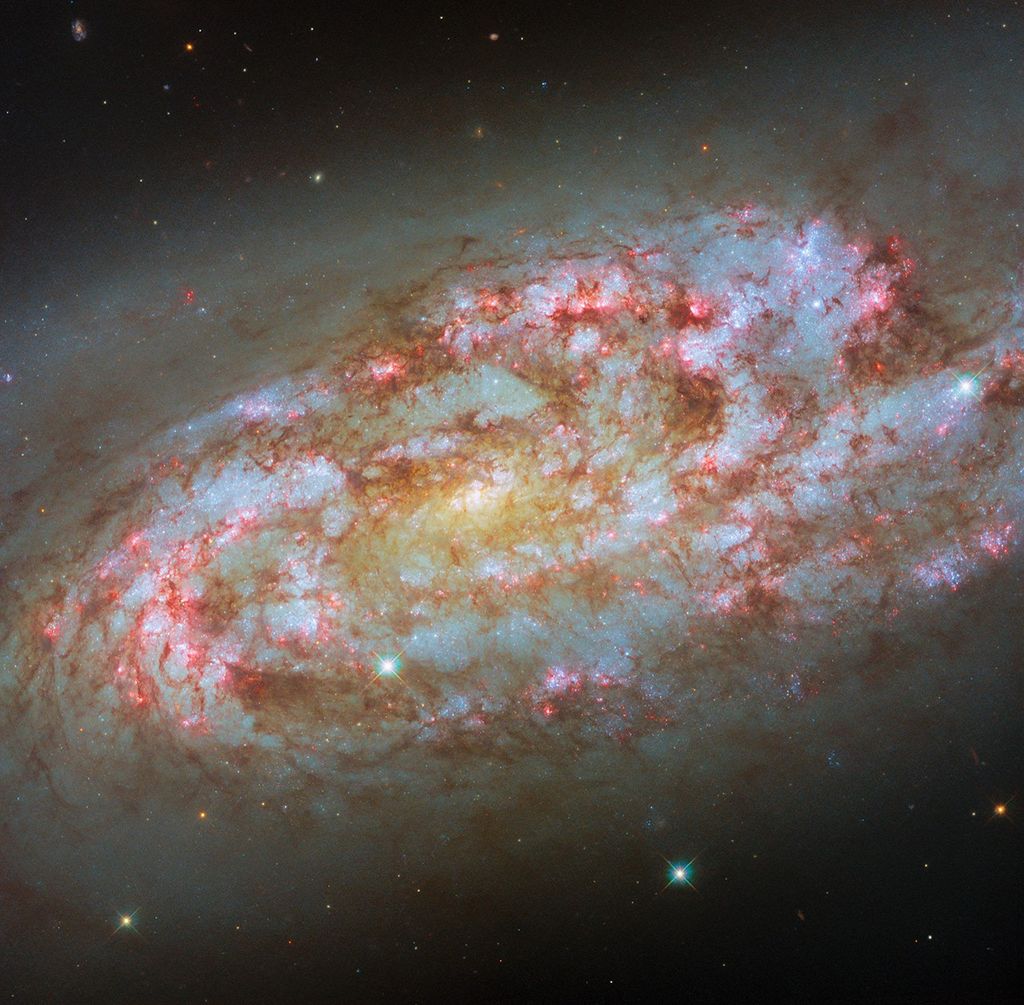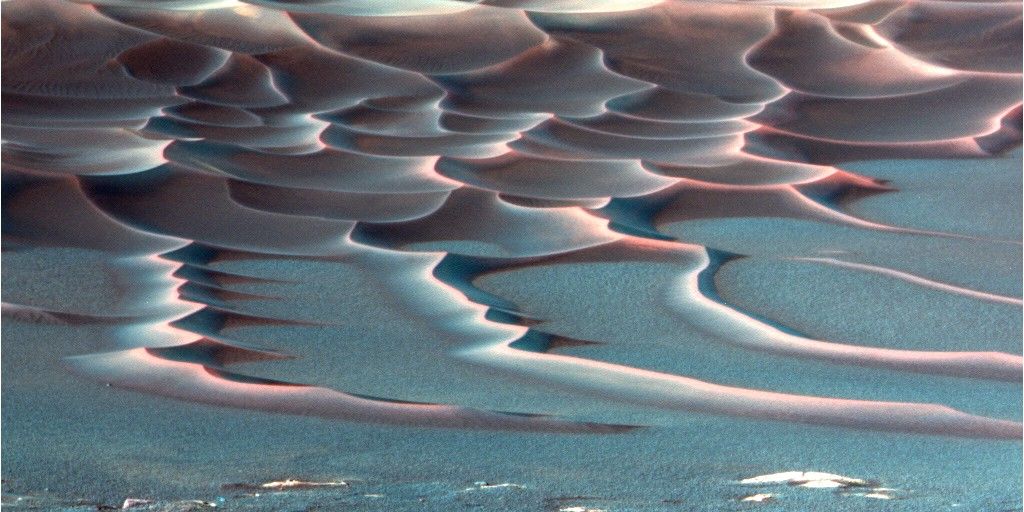Endurance Crater’s Dazzling Dunes
| Credit | NASA/JPL/Cornell |
|---|---|
| Language |
|
As NASA's Mars Exploration Rover Opportunity creeps farther into "Endurance Crater," the dune field on the crater floor appears even more dramatic. This false-color image taken by the rover's panoramic camera shows that the dune crests have accumulated more dust than the flanks of the dunes and the flat surfaces between them. Also evident is a "blue" tint on the flat surfaces as compared to the dune flanks. This results from the presence of the hematite-containing spherules ("blueberries") that accumulate on the flat surfaces.
Sinuous tendrils of sand less than 1 meter (3.3 feet) high extend from the main dune field toward the rover. Scientists hope to send the rover down to one of these tendrils in an effort to learn more about the characteristics of the dunes. Dunes are a common feature across the surface of Mars, and knowledge gleaned from investigating the Endurance dunes close-up may apply to similar dunes elsewhere.
Before the rover heads down to the dunes, rover drivers must first establish whether the slippery slope that leads to them is firm enough to ensure a successful drive back out of the crater. Otherwise, such hazards might make the dune field a true sand trap.

